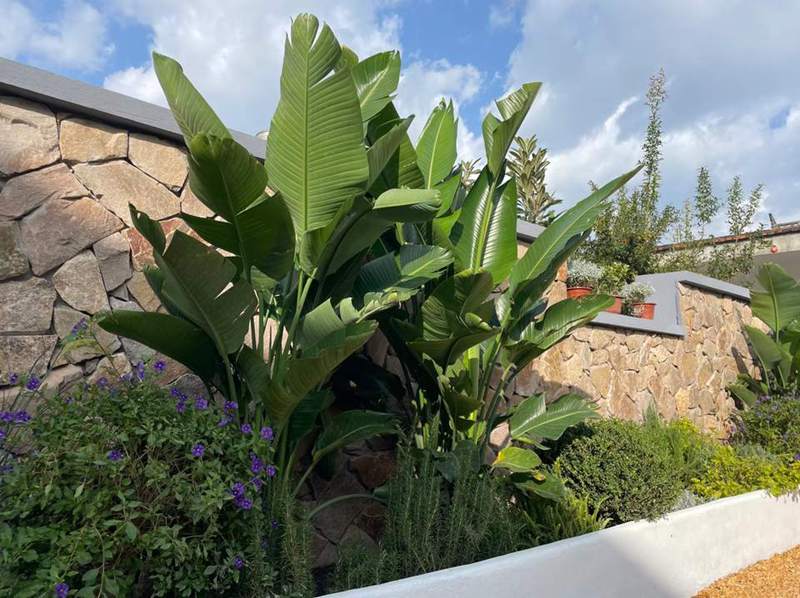Har du problemer med dårlig drenering og konstant erosjon i hagen eller gangveiene? Riktig vedlikehold av løs stein er nøkkelen til å forhindre disse problemene, men mange huseiere og gartnere sliter med å holde disse overflatene fungerende uten konstant innsats.
Enkelt vedlikehold kan utgjøre en stor forskjell. Denne veiledningen vil gi deg effektive, bærekraftige tips for å forbedre drenering, kontrollere erosjon og sikre at uterommene dine ser flotte ut med minimal innsats. I tillegg vil vi komme inn på hvordan du velger kvalitetsstein, som den som tilbys av Toppkildeskifer med deres 15+ års erfaring og bulk tilgjengelighet, kan bidra til å sikre langsiktig ytelse. La oss dykke inn!
Enkle tips for å opprettholde løs stein for bedre drenering
Løse steinoverflater, som grusveier eller dekorative steinbed, kan virkelig øke hagen dins fortauskant og hjelpe til med drenering. Men, akkurat som alle landskapsfunksjoner, trenger de litt TLC for å fortsette å se bra ut og fungere riktig. Ordentlig vedlikehold av løs stein handler ikke bare om estetikk; det er avgjørende for å forhindre vannoppbygging og jorderosjon. Vi vil dekke noen enkle tips for å holde steinområdene dine i toppform.
“Bruk av bærekraftige vedlikeholdsmetoder for løs stein holder ikke bare hagen din skarp, men støtter også langsiktig miljøhelse.”
-
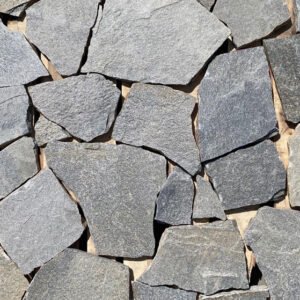 Naturlig delt ansikt grå kvartsitt tilfeldig løs veggkledning i stein
Naturlig delt ansikt grå kvartsitt tilfeldig løs veggkledning i stein -
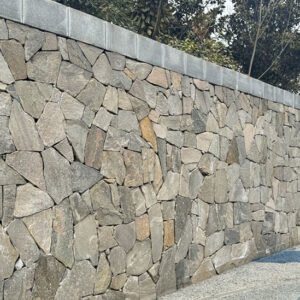 Naturlig kvartsitt Tilfeldig uregelmessig steinpanelfliser for veggkledning
Naturlig kvartsitt Tilfeldig uregelmessig steinpanelfliser for veggkledning -
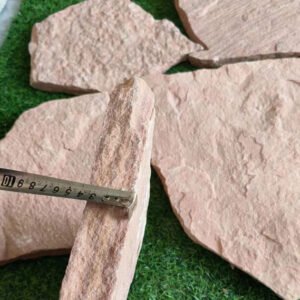 Engros Rosa Sandstein Tilfeldig Løs Stone Kledning
Engros Rosa Sandstein Tilfeldig Løs Stone Kledning -
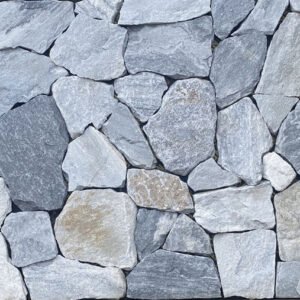 Engros Blå Kvartsitt Tilfeldig Løs Stein Flis for veggkledning
Engros Blå Kvartsitt Tilfeldig Løs Stein Flis for veggkledning -
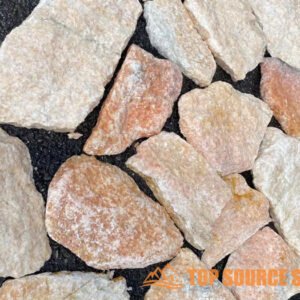 Naturlig tilfeldig løsstein for innvendig og utvendig veggkledning
Naturlig tilfeldig løsstein for innvendig og utvendig veggkledning -
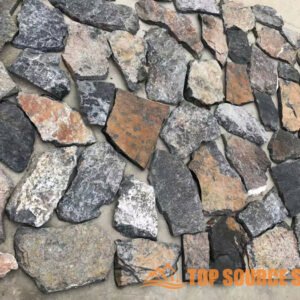 Tilfeldig eksteriør Naturstein Løs Steinfiner Veggbekledning Dekor
Tilfeldig eksteriør Naturstein Løs Steinfiner Veggbekledning Dekor -
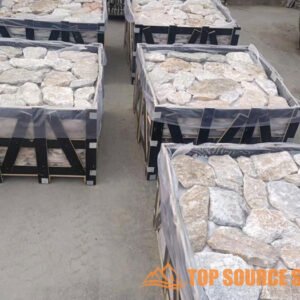 Naturlig uregelmessig tilfeldig løs steinbekledningsfiner
Naturlig uregelmessig tilfeldig løs steinbekledningsfiner -
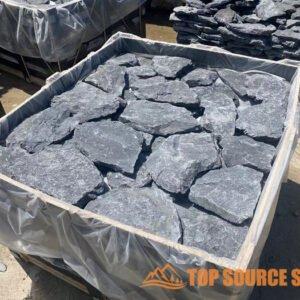 Kina Factory Supply Utendørs Naturlig Tilfeldig Løs steinveggbekledningsfliser
Kina Factory Supply Utendørs Naturlig Tilfeldig Løs steinveggbekledningsfliser -
 Fabrikkpris Naturlig Eksteriør Tilfeldig Løs Steinveggbekledning
Fabrikkpris Naturlig Eksteriør Tilfeldig Løs Steinveggbekledning -
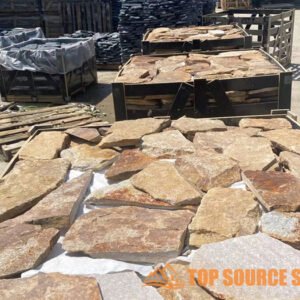 Utvendig Gul Grov Tilfeldig Løs Steinveggbekledning
Utvendig Gul Grov Tilfeldig Løs Steinveggbekledning -
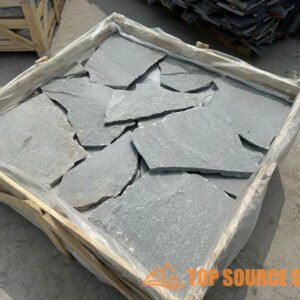 Naturlig tilfeldig løs steinveggbekledningspanel for innendørs og utendørs
Naturlig tilfeldig løs steinveggbekledningspanel for innendørs og utendørs -
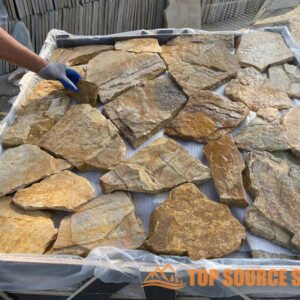 Naturlig løs steinveggbekledning for veggdekorasjon
Naturlig løs steinveggbekledning for veggdekorasjon
Hvorfor vedlikeholde løse steinsaker for drenering og erosjonskontroll
Når løs stein blir neglisjert, kan skitt, blader og annet rusk tette mellomrommene mellom steinene. Denne blokkeringen hindrer vann i å drenere ordentlig, noe som fører til stående vann og potensiell erosjon. Ved vedlikehold av løs stein, sikrer du at regnvann kan filtrere gjennom steinene og ned i bakken, noe som reduserer avrenning og holder jorda på plass. Tenk på det som å tømme rennene dine – avgjørende for å forhindre vannskader.
Essensielle verktøy og teknikker for pleie av løse steiner
Du trenger ikke massevis av fancy utstyr for å vedlikeholde den løse steinen din. En enkel hagerive, en solid kost, og kanskje en løvblåser vil gjøre susen. For tøffere jobber bør du vurdere en høytrykksspyler, men bruk den forsiktig for å unngå å forskyve steinene. Regelmessig feiing og raking fjerner overflateavfall, mens en skånsom trykkspyling kan fjerne dypere smuss og skitt. Dette hjelper vannet til å flyte jevnt og holder steinen din frisk.
Trinn-for-trinn vedlikeholdspraksis for bedre drenering
Her er en enkel rutine å følge. Fjern først alt stort rusk som blader eller grener. Deretter bruker du en rive for å omfordele steinene jevnt og bryte opp eventuelle komprimerte områder. Hvis du merker noen betydelig oppbygging av smuss, vask steinene med en slange eller høytrykkspyler. Til slutt, vurder å legge til et nytt lag med stein med noen års mellomrom for å fylle på det som går tapt ved setning og erosjon. Dette er spesielt viktig hvis du har bakker eller områder med mye trafikk.
Forebyggende tips for å unngå vanlige problemer
Forebygging er nøkkelen til å redusere behovet for vedlikehold. Unngå å kjøre eller parkere kjøretøy på løse steinoverflater, da dette kan komprimere steinene og hindre drenering. Vurder også å installere kanter for å hindre at steinene sprer seg til uønskede områder. Inspiser steinområdene dine regelmessig for tegn på tilstopping eller erosjon, og løs eventuelle problemer umiddelbart. Litt framsyn kan spare deg for mye arbeid på veien.
Velge kvalitetsstein for bærekraftige resultater
Typen stein du bruker kan ha stor innvirkning på hvor godt den drenerer og hvor mye vedlikehold den krever. Top Source Slate tilbyr en rekke høykvalitets, tilpassbare løse steinprodukter som er perfekte for dreneringsforbedringsprosjekter. Med over 15 års erfaring sikrer de at steinene deres er holdbare og langvarige, noe som reduserer behovet for hyppige utskiftninger. I tillegg kan kjøp i bulk fra en pålitelig kilde som Top Source Slate spare deg penger og sikre konsistens i steinoverflatene dine.
Miljøvennlig vedlikehold: En grønnere tilnærming
Når rengjøring av løs stein, velg miljøvennlige metoder. Unngå å bruke sterke kjemikalier som kan skade planter og forurense jorda. Bruk heller naturlige løsninger som eddik og vann for å rense steinene. Kompostering av blader og organisk rusk fjernet fra steinområdene dine er en annen fin måte å redusere avfall og berike hagen din. Ved å velge bærekraftig praksis, vedlikeholder du ikke bare steinen din, men beskytter også miljøet. Bruker “albuefett” er også effektiv til rengjøring.
Top Source Slate er din kilde til førsteklasses steinløsninger. Med mer enn 15 år i bransjen, fokuserer vi på å levere førsteklasses produkter som stablede steinpaneler og naturstein, direkte fra fabrikken vår. Vår forpliktelse til tilpasning og kvalitet sikrer at du får det beste for dine prosjekter. Vi støtter kunder globalt, og tilbyr rask levering og pålitelig service for å øke bunnlinjen.
Konklusjon
Arbeidet med natursteinsprodukter i over 15 år har lært meg at kvalitet og tilpasning er nøkkelen. Top Source Slates engasjement for disse områdene skiller dem virkelig fra hverandre, spesielt når du vurderer deres direkte-fra-fabrikk-tilnærming, som kutter ut mellommannen.
Etter mitt syn gjør selskapets dedikasjon til streng kvalitetskontroll og deres evne til å skreddersy produkter til spesifikke prosjektbehov dem til en ideell partner for grossistkunder. Det handler om mer enn bare å levere stein; det handler om å sikre at sluttproduktet oppfyller de høyeste standardene for estetikk og holdbarhet, og det er en stor sak.
Til syvende og sist, Toppkildeskifer tilbyr en overbevisende blanding av tradisjonelt håndverk og moderne produksjonseffektivitet. For de som søker pålitelige steinløsninger av høy kvalitet, er de definitivt verdt å vurdere.
FAQ
Q1: Hvordan vedlikeholder du løse steinterrasser?
A1: Fei eller skyll terrassen regelmessig for å fjerne skitt og rusk. Bruk en fugemasse for å beskytte steinene mot flekker og erosjon, og fjern ugress eller mose umiddelbart mellom fugene.
Q2: Hva er den beste måten å rengjøre dekorative løse steiner på?
A2: For mindre steiner, bruk en grussil for å fjerne rusk. For større steiner, tørk dem ned med et pH-nøytralt rengjøringsmiddel og unngå sure løsninger som kan korrodere overflaten.
Q3: Hvordan reparerer du løse steiner i vegger eller uteplasser?
A3: Fest løse steiner igjen med konstruksjonslim eller mørtel, og fyll eventuelle hull med matchende materialer for å sikre strukturell stabilitet og ensartethet.
Q4: Hvor ofte bør jeg sjekke løse steinoverflater for skader?
A4: Inspiser løse steinoverflater sesongmessig eller minst to ganger i året for å identifisere sprekker, løse steiner eller erosjonstegn tidlig.
Q5: Kan løse steiner beskyttes mot vannskader?
A5: Ja, å forsegle steinene med en vannavstøtende tetningsmasse bidrar til å forhindre vanninfiltrasjon, sprekker og erosjon.
Q6: Hva er den ideelle rengjøringsløsningen for løse steinområder?
A6: Et pH-nøytralt, giftfritt rengjøringsmiddel spesielt formulert for stein er ideelt da det forhindrer skade på steinene.
Q7: Hvordan kan jeg forhindre ugrasvekst i løse steinområder?
A7: Påfør landskapsstoff under steinene, bruk ugressmiddel sparsomt, og sørg for regelmessig rengjøring for å hemme ugressvekst.
Q8: Hvilke vedlikeholdstips hjelper til med å bevare natursteinfargen?
A8: Regelmessig rengjøring med egnede produkter og forsegling av steinen med jevne mellomrom bidrar til å opprettholde fargen ved å forhindre misfarging fra flekker eller UV-eksponering.
Eksterne lenker
- Hvordan rengjøre og vedlikeholde naturstein
- Vedlikeholdstips for steinstøttemurer
- Hvordan vedlikeholde dekorative hagesteiner
- Veiledning for vedlikehold av steinmur
- Topptips for vedlikehold av naturstein
- Hvordan vedlikeholde og ta vare på hardscape-elementer
- Vedlikeholdstips for steinbeleggere
- Hvordan vedlikeholde terrasser med løs stein

